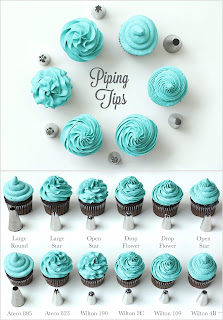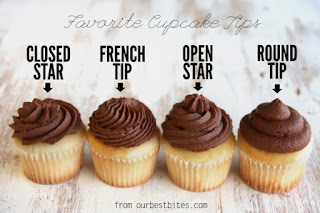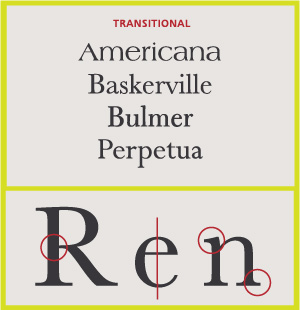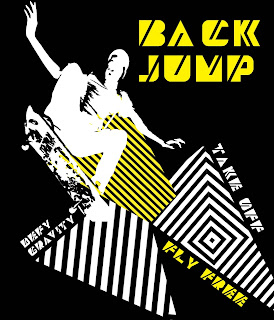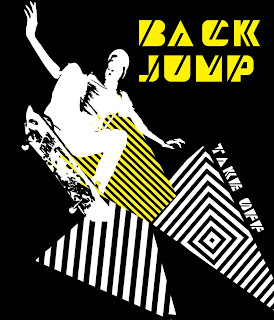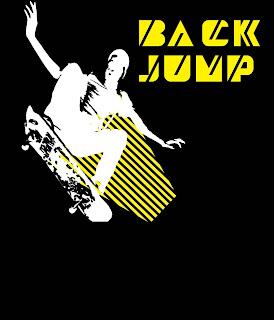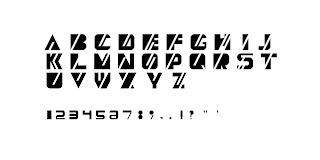Ingredients
2 cups sugar
1-3/4 cups all-purpose flour
3/4 cup HERSHEY’S Cocoa
1-1/2 teaspoons baking powder
1-1/2 teaspoons baking soda
1 teaspoon salt
2 eggs
1 cup milk
1/2 cup vegetable oil
2 teaspoons vanilla extract
“PERFECTLY CHOCOLATE” CHOCOLATE FROSTING (recipe follows)
Directions
1. Heat oven to 350°F. Grease and flour two 9-inch round baking pans.
2. Stir together sugar, flour, cocoa, baking powder, baking soda and salt in large bowl. Add eggs, milk, oil and vanilla; beat on medium speed of mixer 2 minutes. S3. Bake 30 to 35 minutes or until wooden pick inserted in center comes out clean. Cool 10 minutes; remove from pans to wire racks. Cool completely.
1. Prepare the Cake
It’s generally advisable to slice the two baked layers of an eight- or ten-inch cake into four layers. Make sure the cake is completely cool before slicing.
To do so, put one of the layers on a turntable or cardboard round and gently hold it in place with the palm of your hand.
Turn the cake against the edge of a serrated knife, making a small sawing motion with the knife. When the cake is cut all around about an inch in toward the center, repeat until the cake is cut through.
Support these thin layers with a cardboard round or a rimless baking sheet--never with your hands--when you lift them. Repeat with the other layer, so that you end up with four thin layers.
If a layer is domed, use the serrated knife to level it.
2. Use the Right Amount of Frosting
Too much frosting will overwhelm the cake and too little is disappointing.
Three to four cups of frosting generally is more than enough for an eight- or ten-inch layer cake.
The frosting should be at room temperature when you spread it on the cake, unless it’s whipped cream, which should be chilled.
The exceptions to these rules are the new pourable frostings on the market now. When you don’t have time or energy to make your own, these microwavable frostings are great and are designed to pour over warm cakes. In a hurry? Problem solved!
3. Begin with the Filling
Secure a cake layer to the turntable, cardboard round, or platter with a dab of frosting. Before setting the first cake layer on the dab of frosting, you might want to put four pieces of wax paper on the plate or turntable, positioned so that you can easily remove them from beneath the cake.
Spread the filling over the first layer and top with the next layer. Continue until all layers are stacked. You’ll need about a half cup of frosting per layer.
When the cake is filled and stacked, refrigerate it for 15 to 30 minutes for the filling to set.
4. Apply a Crumb Coat
It’s important to cover the cake with a thin layer of frosting called a crumb coat. This holds in the crumbs and makes it easier to apply the final coat.
Remove the filled cake from the refrigerator and brush away any loose crumbs from the top and sides of the cake.
Frost the sides of the cake first. Scoop up a generous dab of frosting onto a flat metal spatula and hold the spatula against the cake, perpendicular to the turntable. Move the spatula down and away from you without lifting it from the cake as you frost only a few inches.
Wipe excess crumbs and frosting from the spatula between applications of frosting. Scoop up another dab of frosting and continue around the cake.
When the sides are covered, spread an even layer of frosting over the top of the cake. (Some bakers frost the top before the sides.)
This initial layer of frosting should cover the sides and top of the cake, but does not have to look perfect.
At this point, refrigerate the cake for at least 20 minutes. This will give the frosting time to harden a little so that you can apply the final layer of frosting with ease.
5. Finish the Cake
Repeat this same procedure a second time, beginning with the sides and ending with the top of the cake.
You will be amazed at how easy it is to apply the second coat of frosting on top of a firm crumb coat. Always wipe the spatula clean every time you lift it from the cake.
Now is the time to make swirls and whirls with the frosting, or spread the frosting smoothly into a satiny sheath.
To spread buttercream frosting to its most silken smoothness, dip the spatula in hot water, wipe it dry, and run it lightly over the frosting. The warm metal will melt the frosting just enough to smooth it out.
For an especially luscious looking cake, apply three coats of frosting. If you do so, be sure to make more frosting than usual.

